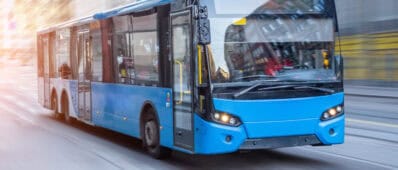Abstract
Per passenger trip, aviation is the most greenhouse gas-intensive mode of transport for intercity travel in California, but there is no clear pathway for decarbonizing this sector. While electrification proves to be the dominant pathway toward decarbonizing ground travel, this pathway is not technically feasible for commercial air travel, at least with currently available technologies.While planners and policymakers wait for breakthroughs in fueling technologies, reducing greenhouse gas (GHG) emissions from aviation will require shifting trips from the air to less GHG-intensive modes of transportation. The California High-Speed Rail project can serve this function, but funding for the full route of the Phase 1 segment — spanning from Southern California to the San Francisco Bay Area — remains unallocated. In light of the high-speed rail project’s precarious funding status, more information is needed about the potential benefits of the proposed rail network, especially in the wake of the COVID-19 pandemic, which has exacerbated uncertainty around future travel demand.To address this need, UCLA Luskin Center for Innovation staff synthesized recent literature on the environmental and economic impacts of high-speed rail (HSR) projects from around the globe (Table 1). The synthesis looked at studies that examined the effect of HSR on at least one of the following metrics: GHGs, local air pollution, noise, economic value added, employment, property values, societal cost savings, and economic integration. The synthesis also looked at the conditions under which HSR leads to net benefits, so as to potentially reproduce those conditions in California.


